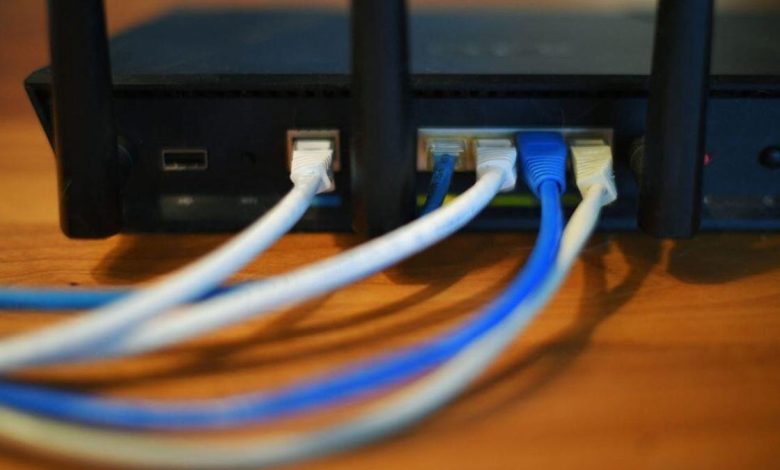Fix your internet connection by restarting your devices

Router problems are among the most common causes of Internet outages, but they’re also usually one of the easiest to fix. Restarting your Wi-Fi router—and potentially your modem, too—can be as simple as turning it off, waiting about 30 seconds, and turning it back on. If that doesn’t help, you may need to reset your router to factory settings.
I’ve been writing about home Internet – and all the headaches that come with it – for more than five years. I’ll walk you through all the steps you need to take to get your Wi-Fi up and running again.
Do a hard reset on your router
“Turn it off and on again” is one of the most tried and true pieces of advice for any electronics, and your router is no different. Imagine a computer game that is hopelessly flawed. Starting the game over allows you to go back over all the mistakes you made to get to this point. A hard reset works the same way, allowing your device to start over from a “known state”.
“It’s amazing how this will solve about 90% of the problems, because the drivers are the interface between the radio and the operating system, and they can be messed up,” Dave Coleman, a Wi-Fi expert, author and director of product marketing for Extreme Networks, told CNET. “I know it sounds simple, but it’s the first thing people should do when troubleshooting.”
Here’s what you do:
- Unplug the router from the power source. You can unplug the power cord from the wall or from the router – either will work.
- Wait at least 30 seconds.
- Turn it on again.
After the router reconnects to the power source, you may need to wait another 30 seconds for it to reboot. Once all the lights are on, try connecting to Wi-Fi from a device.
Reset your router to factory settings
If your hard reset doesn’t work, a more drastic step is to reset your router to its factory settings. Note: This will erase all your custom settings, such as your network name and password, and give you a new public IP address. Your router will be exactly the same as it was when you first took it out of the box.
You might take this step if you have to reboot your router several times a day, or if your Wi-Fi speeds are drastically slower than the speeds you get over a wired connection. I would also recommend making sure your router’s firmware is up-to-date before doing a factory reset. Here’s what you’ll do on most routers:
- Keep your router plugged into the power source.
- Insert a paper clip into the reset hole on your router. Some routers will also have a button that you can press with your finger.
- Keep this button pressed for about 30 seconds.
- Wait for the router lights to turn on again. This may take a minute or two.
You can also reset most routers using their app or website. To do this, you will need your login credentials.
How to tell if the problem is with the modem or the router
If you have a separate modem and router, you may need to remove each separately. To find out if your modem is up and running, connect a device to the modem directly using the Ethernet cable. If you can get online this way, the problem is coming from your router. If it still doesn’t work, you should start by hard rebooting both devices. Here’s what you’ll do:
- First, unplug your router and modem from the power source.
- Wait about 30 seconds and turn them on again: first the modem, then the router.
- Wait a few minutes for them to turn on completely.
This reboot should fix most problems with your modem and router and your internet should be restored.
It might be time to upgrade your router
If you’re having constant speed issues or outages that require you to reset your router regularly, it might be time to upgrade to a newer model. Experts recommend replacing your router every five years, but if you have a lot of smart home gadgets or keep up with the latest electronics, it might be worth putting that off until two or three years.
However, your router is only as good as the internet connection that passes through it. The best way to find out where the fault lies is to let go a little speed tests while connected to your modem with an Ethernet cable and compare the results to the speeds you get over Wi-Fi. If your cable speeds are still slower than you’d like, it’s probably time to upgrade to a faster plan or change your internet provider generally.



